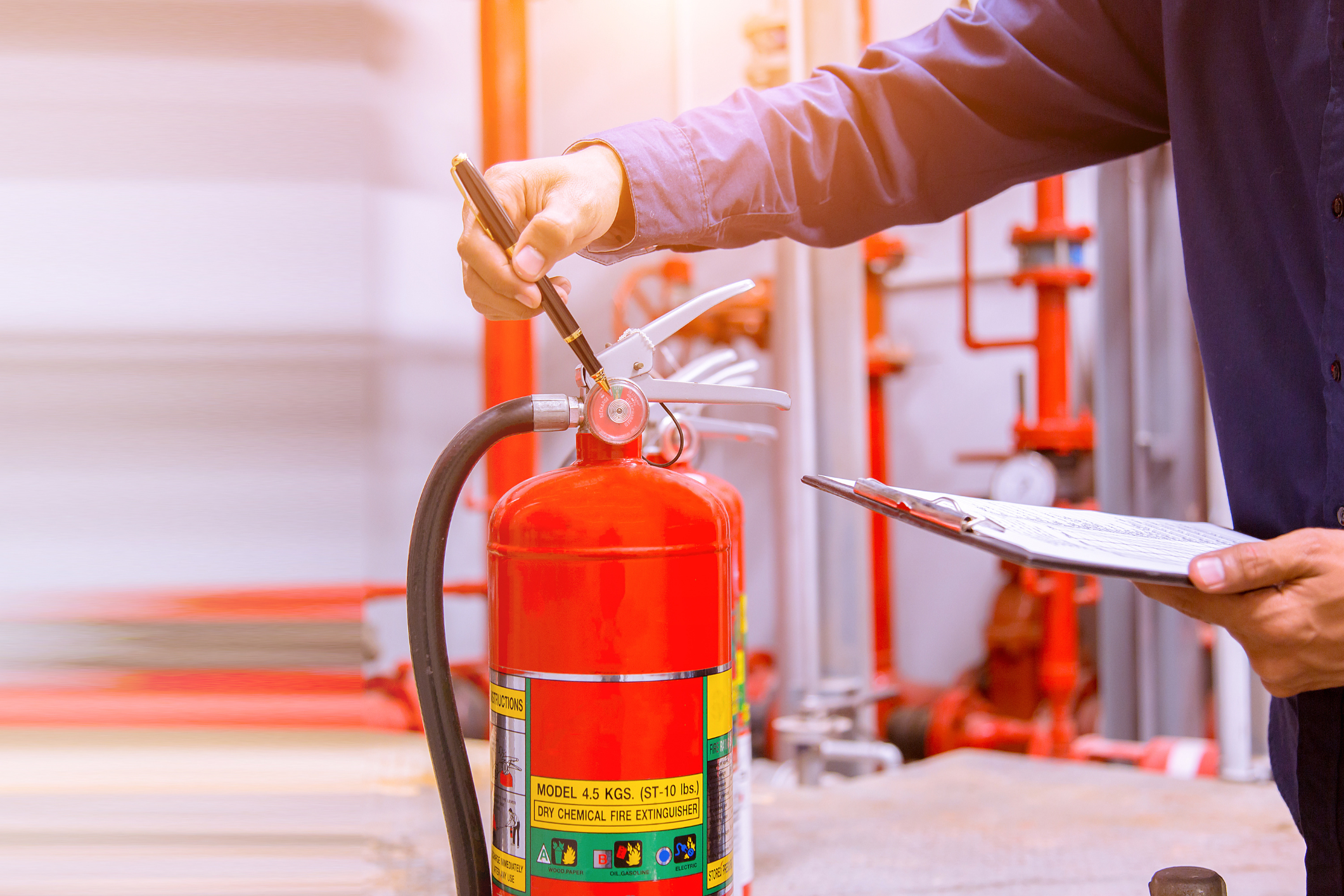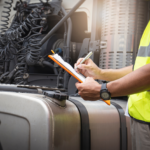Emergency Preparedness in the Workplace: Ensuring Safety and Security

In today’s unpredictable world, it is crucial for every workplace to prioritize emergency preparedness. Whether it’s a natural disaster, a medical emergency, or a security threat, being ready to respond effectively can save lives, minimize injuries, and protect valuable assets. This blog post will explore the importance of emergency preparedness in the workplace and provide practical tips to ensure the safety and security of employees and the organization as a whole.
Conduct a Risk Assessment:
The first step towards effective emergency preparedness is to conduct a thorough risk assessment. Identify potential hazards specific to your workplace, such as fire, chemical spills, severe weather, or workplace violence. Assess the likelihood of these risks and their potential impact on employees, infrastructure, and operations. This assessment will serve as the foundation for developing a comprehensive emergency response plan.
Develop an Emergency Response Plan:
Based on the risk assessment, create an emergency response plan tailored to your workplace. This plan should outline clear procedures for various emergencies, including evacuation routes, designated assembly points, and roles and responsibilities of employees during a crisis. Ensure that the plan is accessible to all employees, regularly updated, and communicated effectively through training and drills.
Establish Communication Protocols:
Effective communication is crucial during emergencies. Establish reliable communication protocols to disseminate information quickly and efficiently. This may include setting up emergency notification systems, developing a chain of command, and designating communication liaisons. Consider utilizing multiple communication channels, such as emails, text messages, phone calls, and public address systems, to reach employees in different locations.
Educate and Train Employees:
Invest in comprehensive training programs to educate employees about potential risks and how to respond during emergencies. Conduct regular drills to familiarize employees with evacuation procedures, first aid techniques, and the use of emergency equipment like fire extinguishers. Encourage employees to actively participate in training sessions and provide feedback to improve the emergency response plan.
Ensure Adequate Emergency Equipment and Supplies:
Maintain an inventory of essential emergency equipment and supplies, such as first aid kits, fire extinguishers, emergency lighting, and backup power sources. Regularly inspect and test this equipment to ensure it is in working order. Additionally, consider stocking emergency food, water, and other necessities to sustain employees during extended disruptions.
Collaborate with Local Authorities:
Establish connections and collaborate with local emergency response agencies, such as fire departments and law enforcement. They can provide valuable guidance, conduct site visits, and offer recommendations to enhance your emergency preparedness efforts. Share your emergency response plan with them and ensure they are familiar with the layout of your workplace.
Review and Improve:
Emergency preparedness is an ongoing process. Regularly review and update your emergency response plan based on feedback, changes in the workplace environment, or new risks that emerge. Conduct post-incident evaluations to identify areas for improvement and incorporate lessons learned into future planning and training initiatives.
Emergency preparedness is an essential aspect of workplace safety and security. By conducting risk assessments, developing robust emergency response plans, educating and training employees, and fostering collaboration with local authorities, organizations can significantly enhance their ability to respond effectively during emergencies. Remember, being prepared can make all the difference when it comes to protecting lives and minimizing the impact of unexpected events in the workplace.









